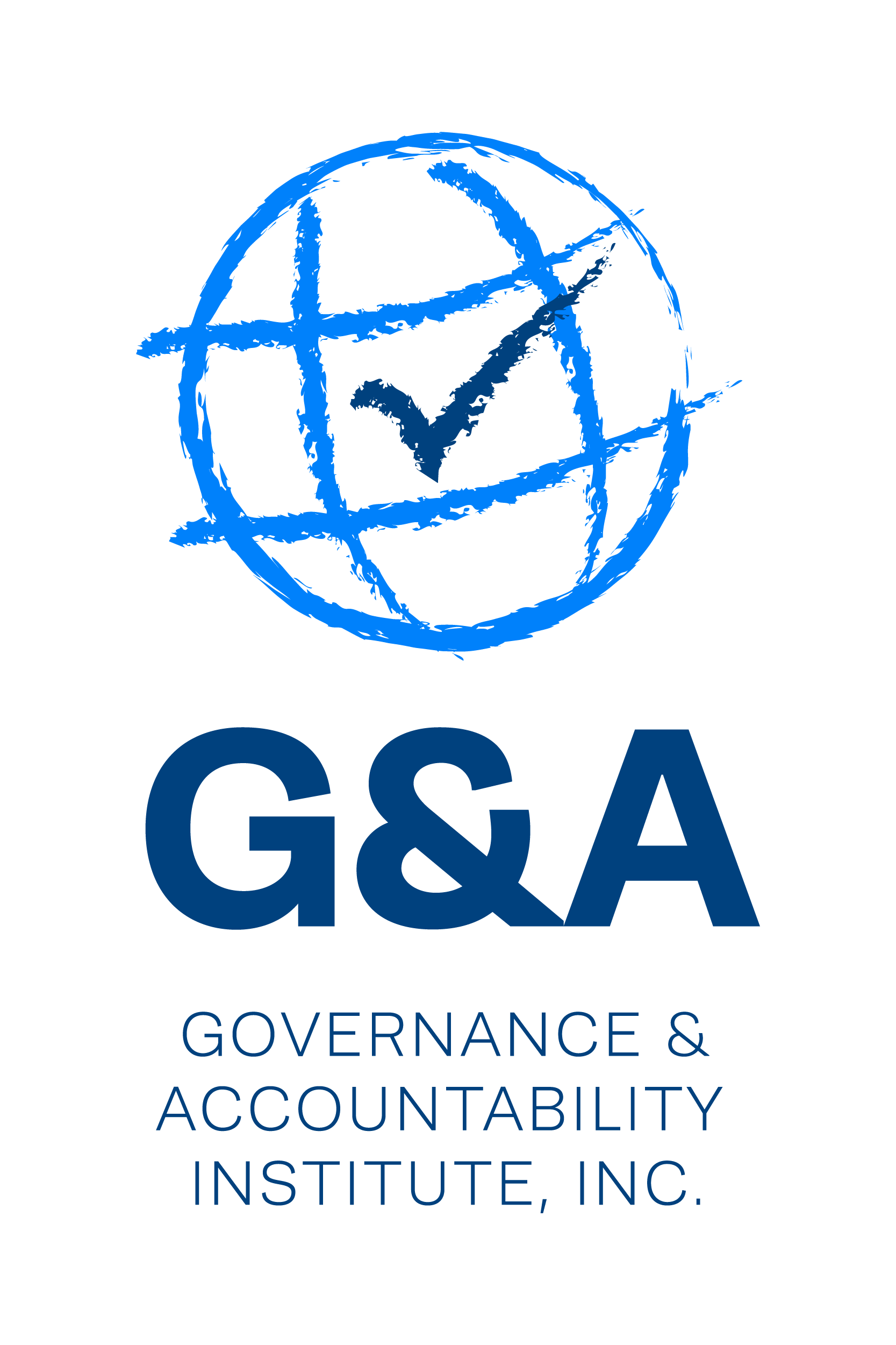Addressing Supply Chain Challenges in the COVID-19 Era
G&A's Sustainability Highlights (04.24.2020)
Addressing Supply Chain Challenges in the COVID-19 Era
Since the “new world order” ushered in a new era in global trade some 30 years ago with the end of the Cold War, barriers to trade have continued to tumble. “GATT” (the “General Agreement on Tariffs and Trade” rounds of global trade talks that began in 1947) gave way to the World Trade Organization (WTO) in 1995. New rules were applied, and trade continued to become “more liberalized”. Corporate interests responded with dispersal of many their operations.
Large manufacturing companies spread out their sourcing to many new areas of the world, building a substantial network of suppliers in far-off lands. Mid-sized and smaller firms followed the example and began to source globally. Manufacturing moved from “home country” to many other countries over time.
As companies set up their operations in many countries and sourced almost everywhere; fleets of cargo vessels plied the seas with stacks of containers on their decks.
Result: today’s diverse, complex, spread out networks of tier one, two and three suppliers, many in China and East Asia and Pacifica nations, have dramatically changed the face of “home country companies” (such as in North America and Europe).
Therein, we find the risk! Today we present two commentaries for you on today’s global supply chains and how to make these more links sustainable -- and to address the inherent risk in the supply chain mix.
Writing in SupplyChainBrain, David Cahn suggests “…it is essential for companies and their supply chains to realize that customers prefer to engage with organizations that are focused on environmental sustainability. Significant opportunities exist for leveraging people, processes and technologies to achieve operational efficiencies.”
He suggests five steps in “the Pursuit of Sustainability” that spans the corporate enterprise. His five areas “ripe for improvement” include: sourcing; manufacturing; recycling; packaging; transportation. There are numerous tips in each of the categories that may be of value to your organization.
Author David Cahn is global marketing director for Elemica, a Digital Supply Network for manufacturers that automates and provides visibility into supply chains.
Visibility and understanding the risks inherent in supply chains is important and our second commentary for you comes from our colleague Pam Styles, who poses the question: “what’s in your supply chain mix”?
The COVID-19 pandemic has exposed countless concerns for corporate managers, and for investors and providers of capital -- including global supply chain management issues, Pam writes. And, she suggests, ESG/sustainability practitioners may be able to offer unique vantage to assist the debrief in collaboration with company supply chain experts and management teams.
Her comments are directed at investor relations officers (IROs) who are on point to answer analyst and investor questions about supply chain risks and issues as well as to corporate ESG practitioners.
Pam concludes: When it comes to Sustainability – climate change is important but supply chain is urgent. Pam is a long-time Fellow of G&A Institute and a valued collaborator on client projects. She is a long-time member of NIRI and the NIRI Senior Roundtable.
This is just the introduction of G&A's Sustainability Highlights newsletter this week. Click here to view the full issue.

